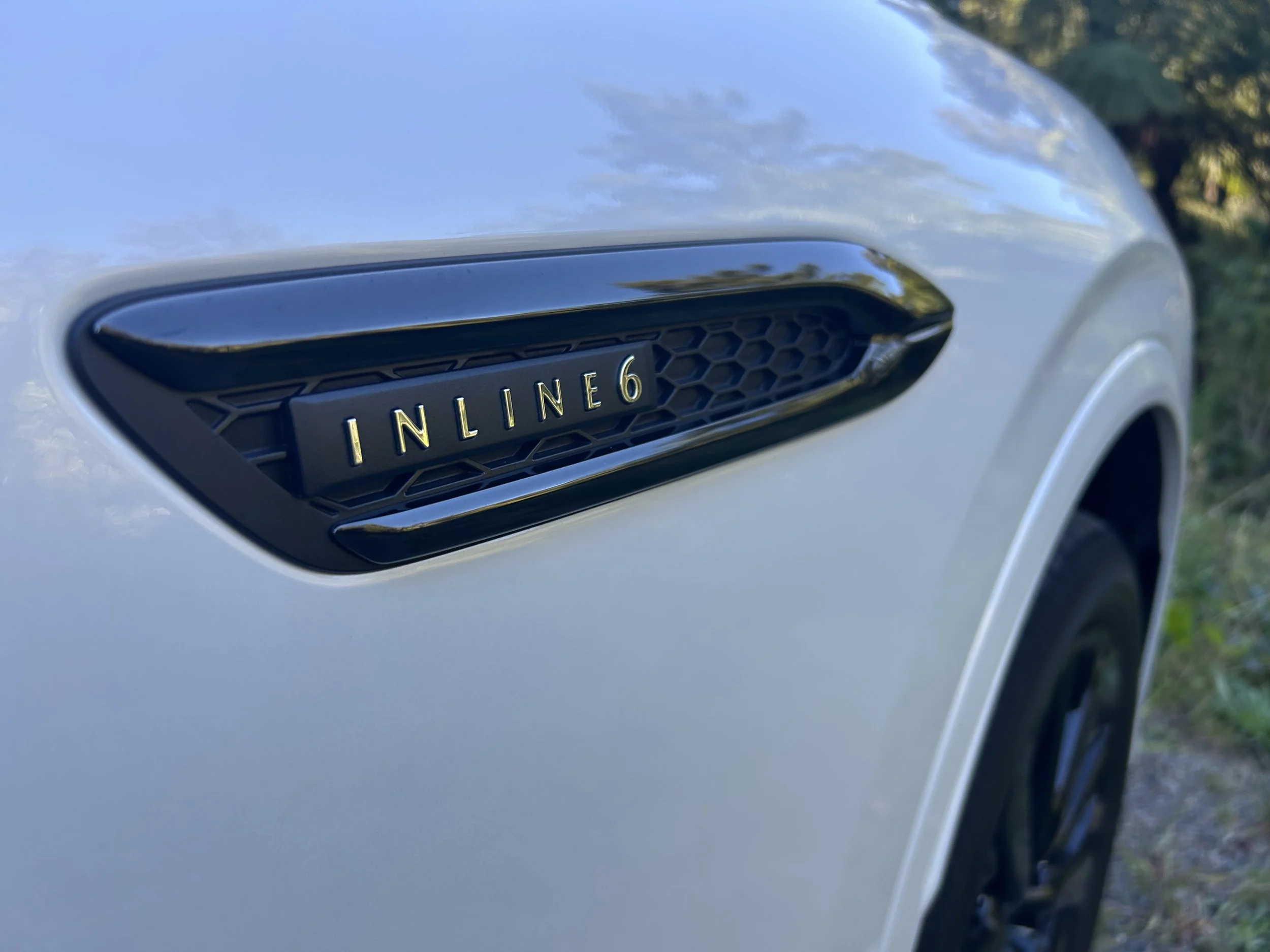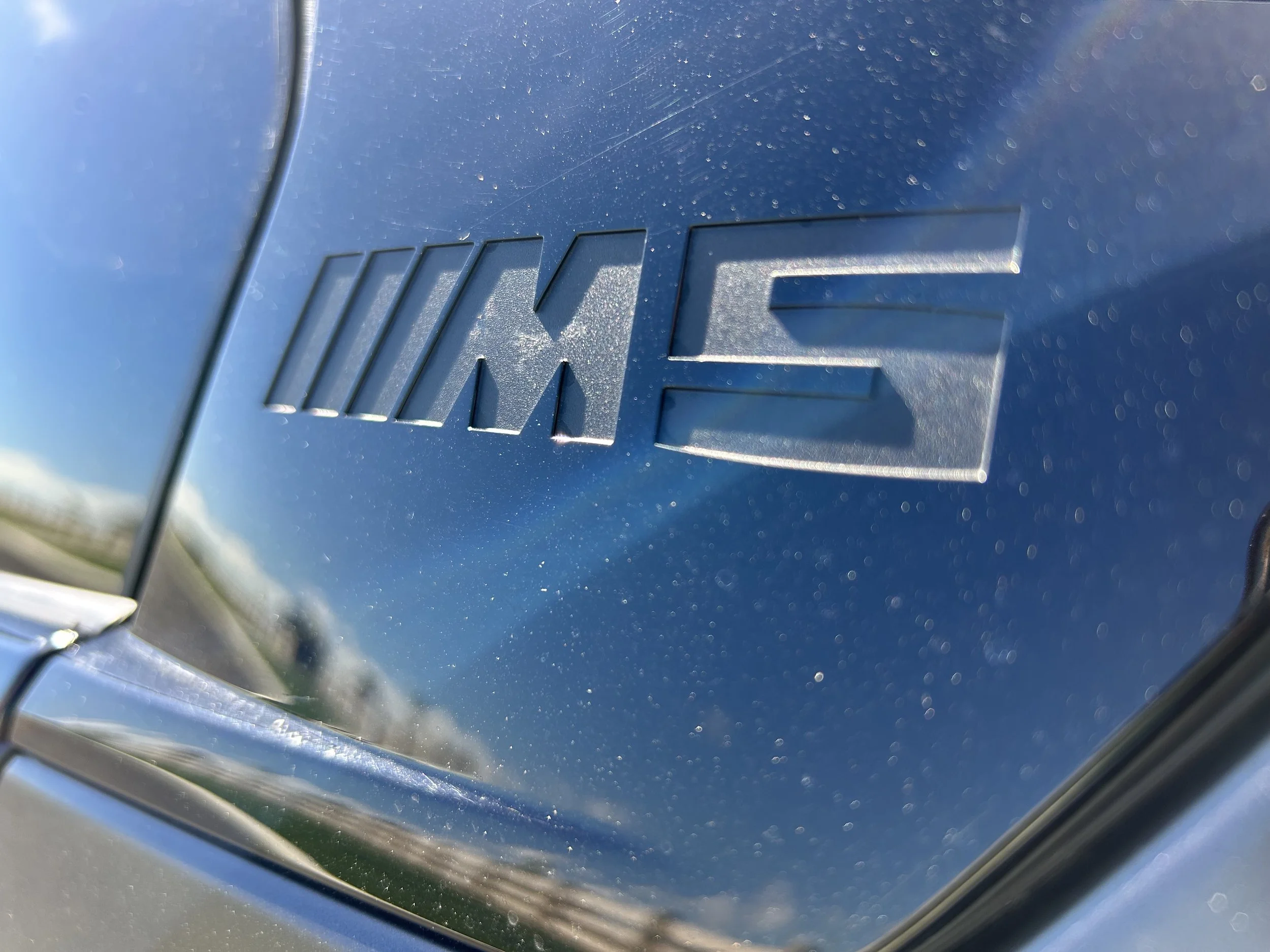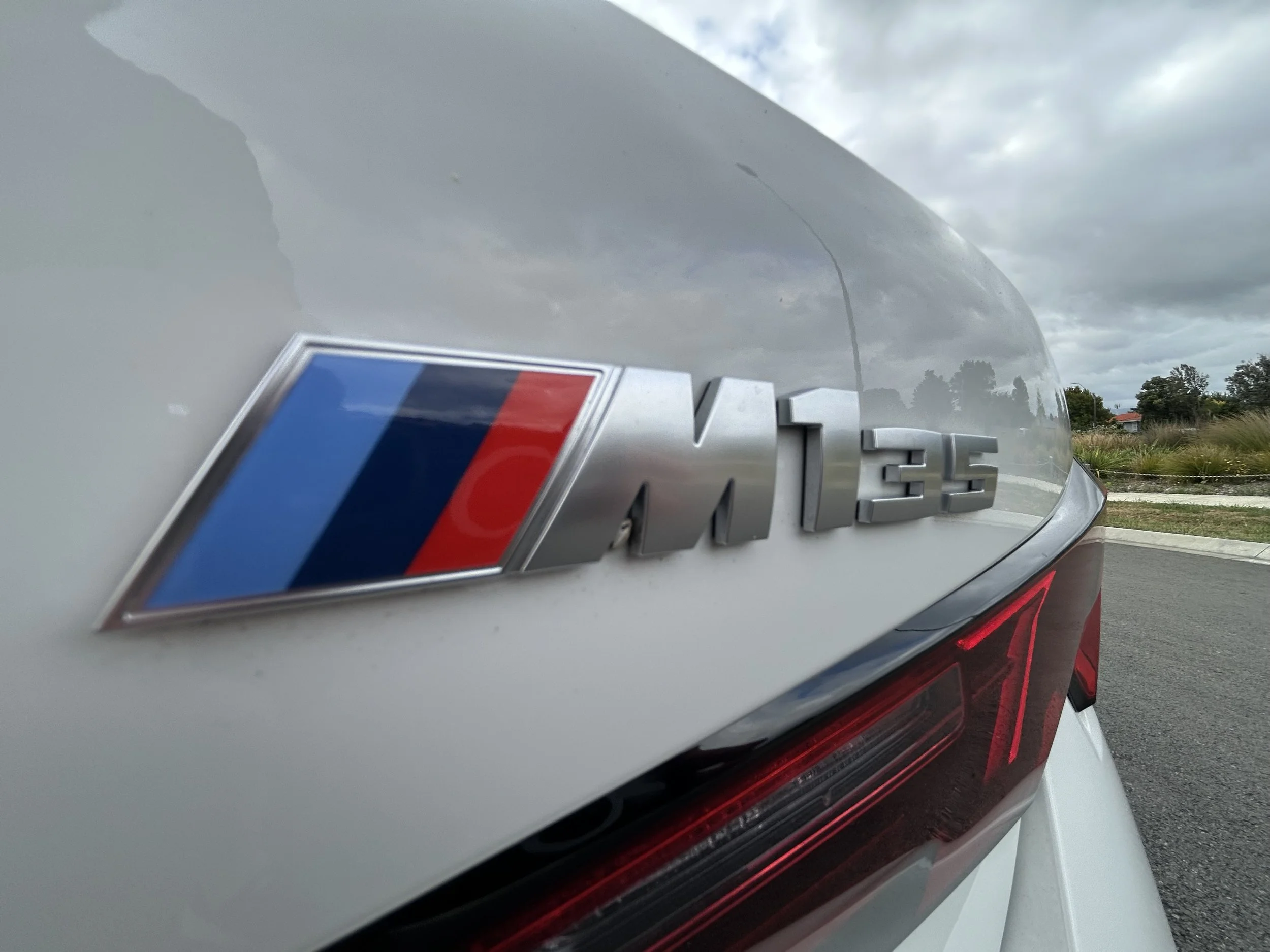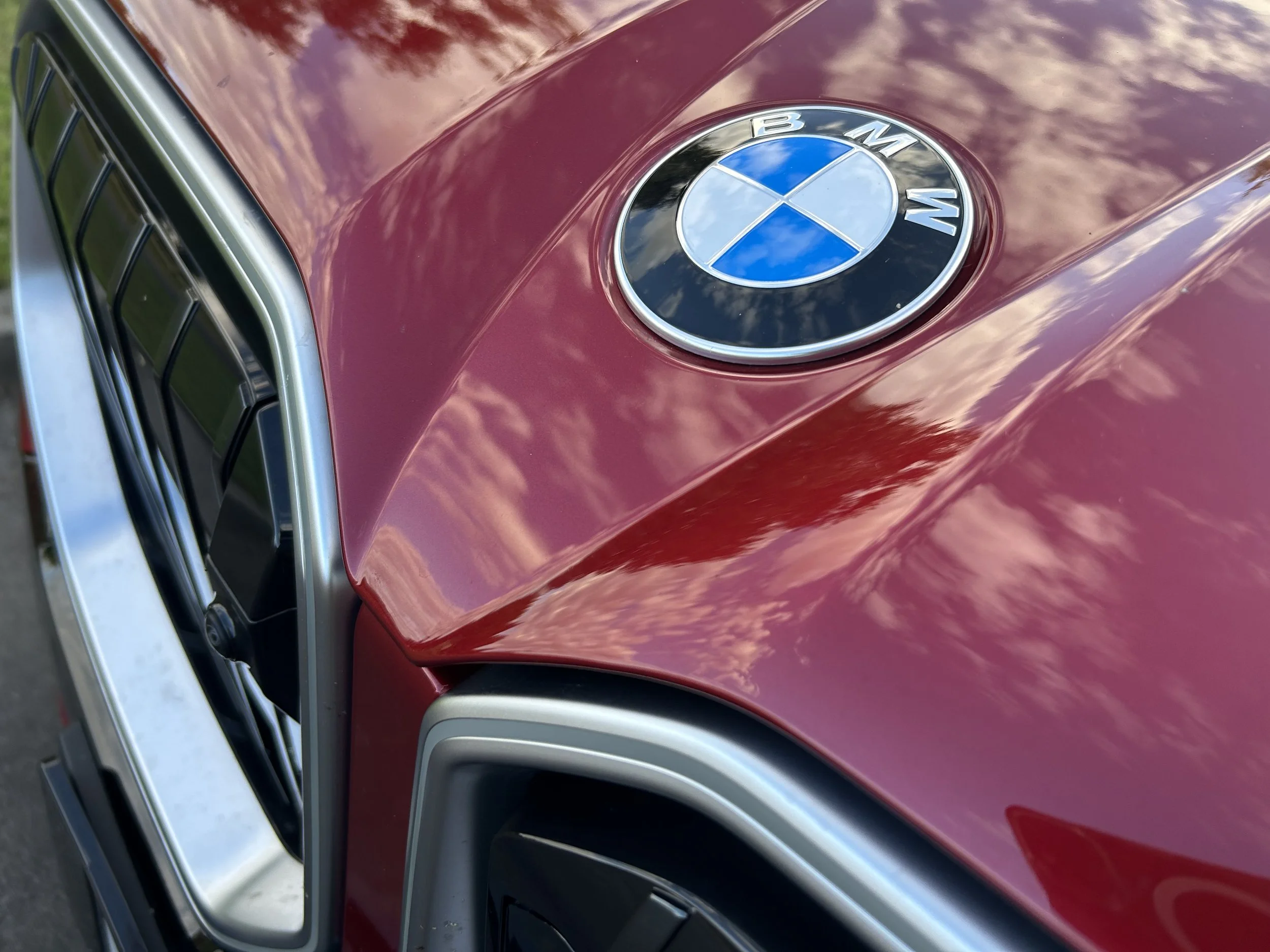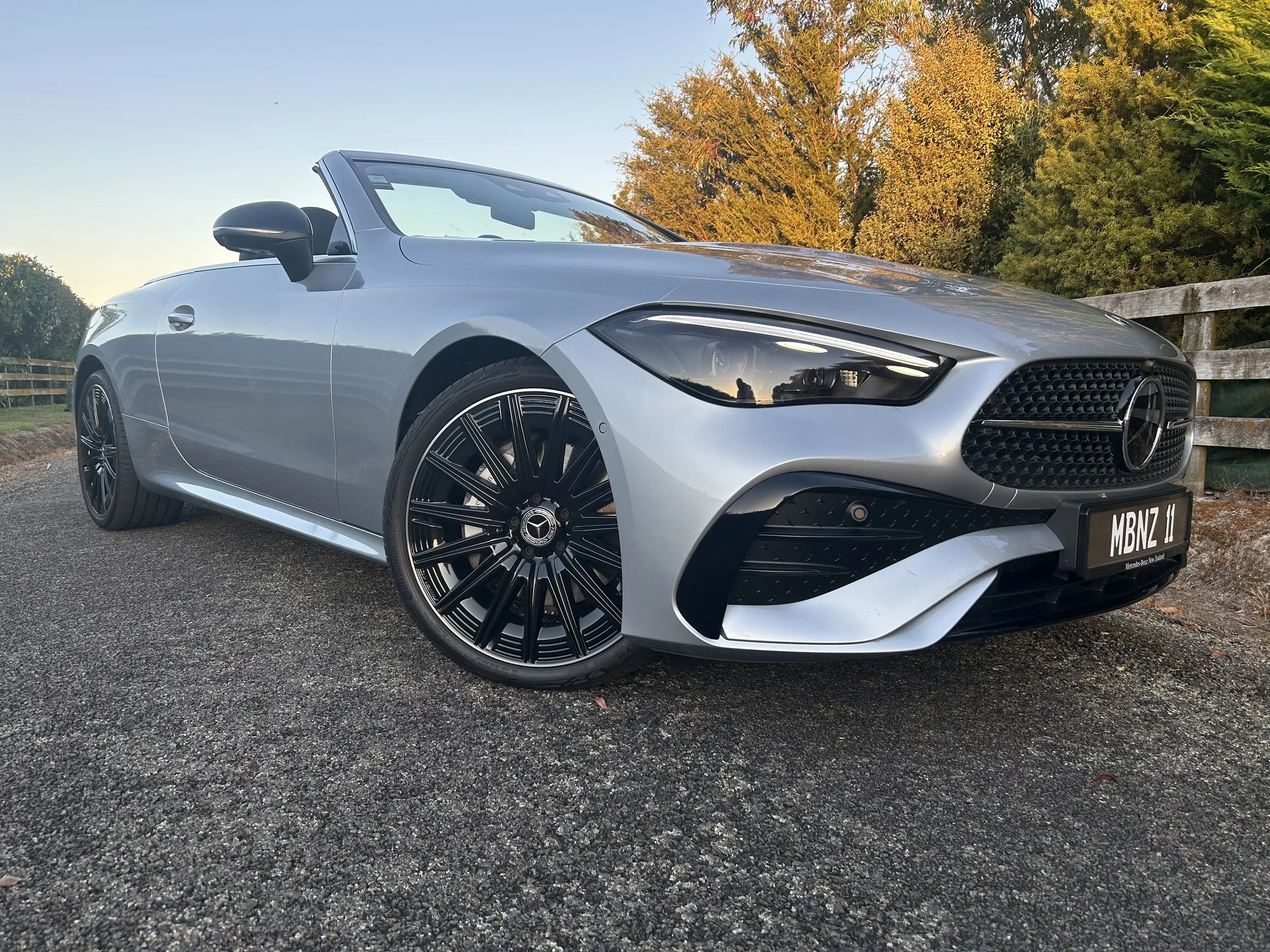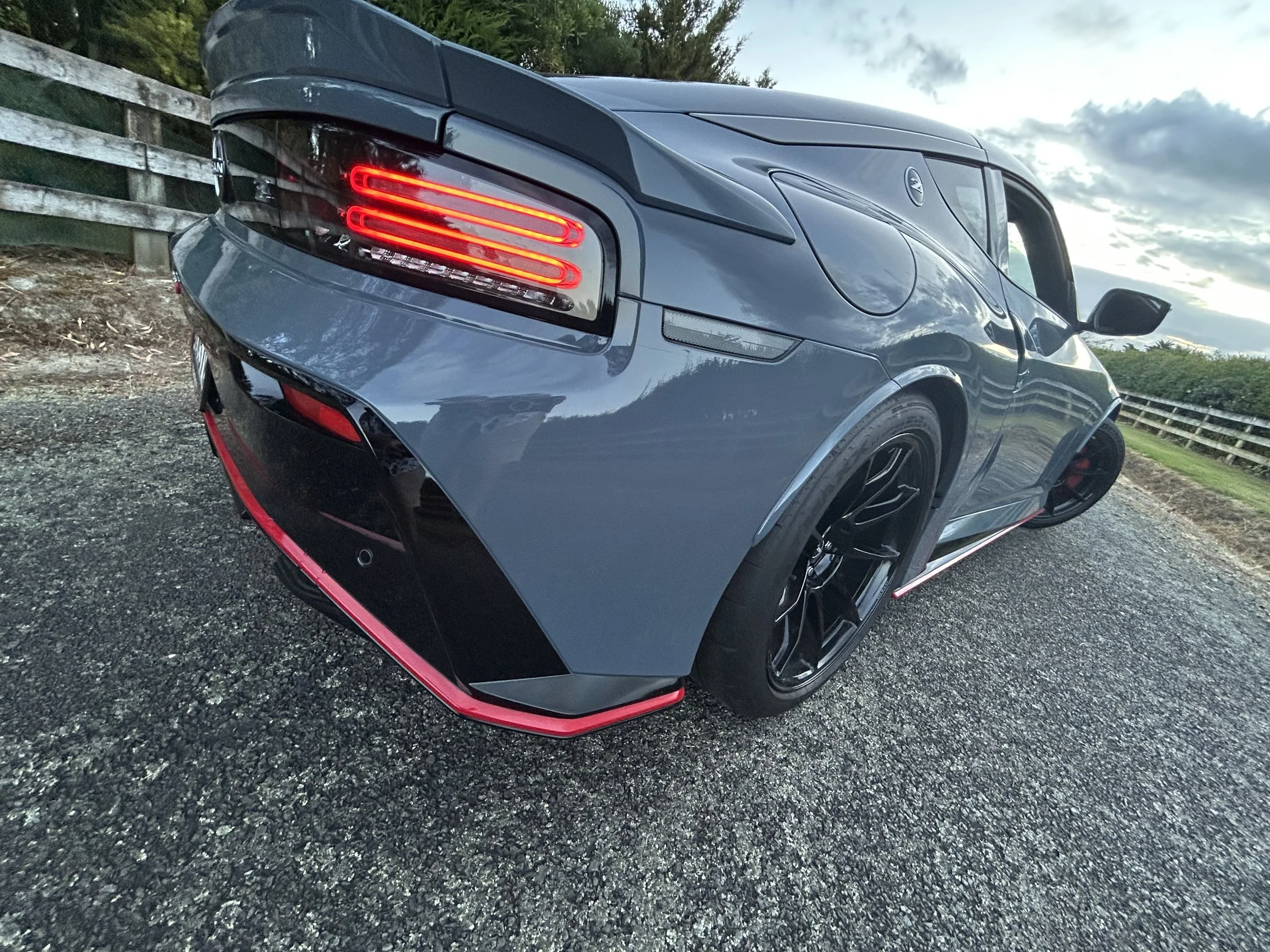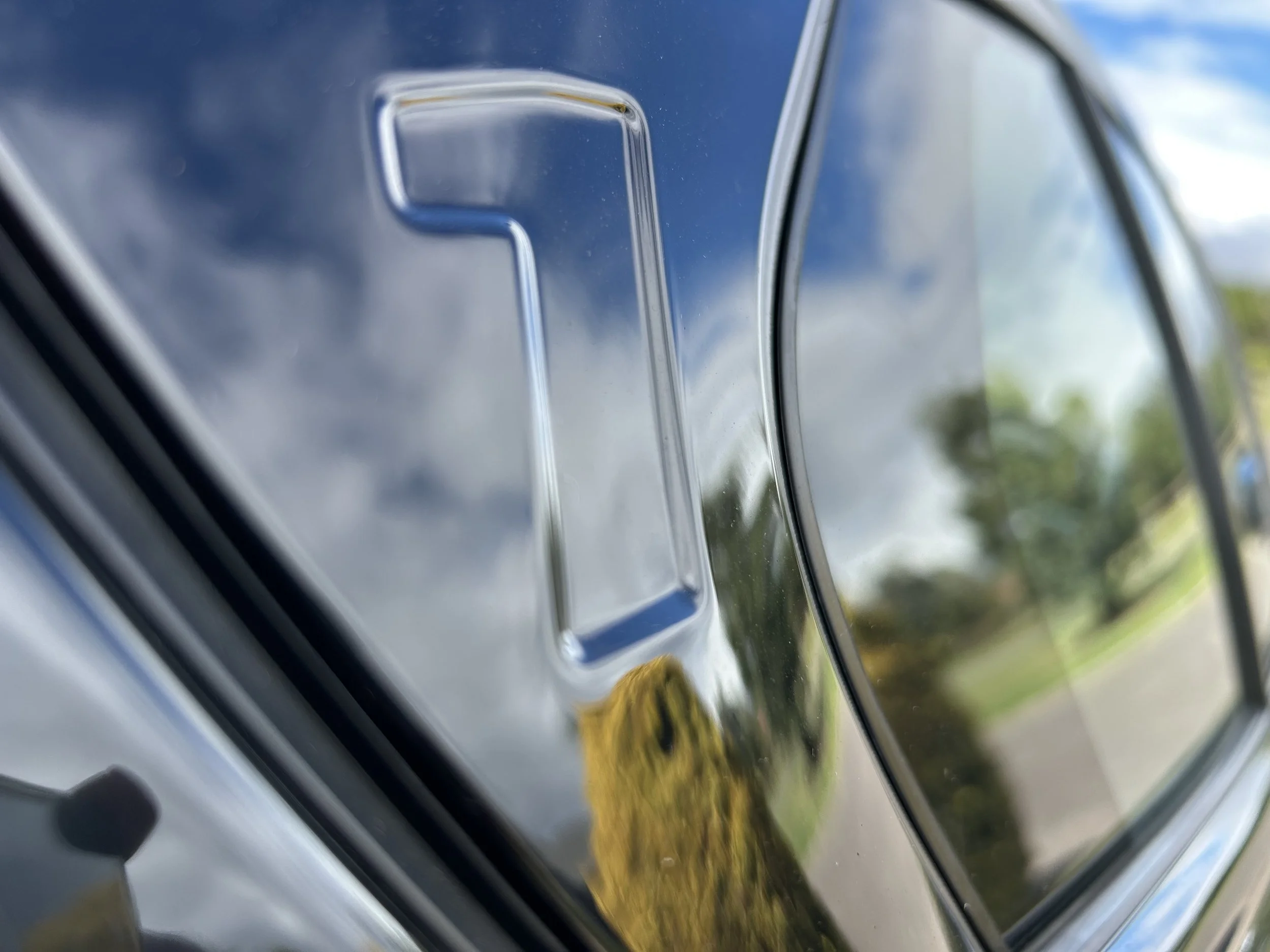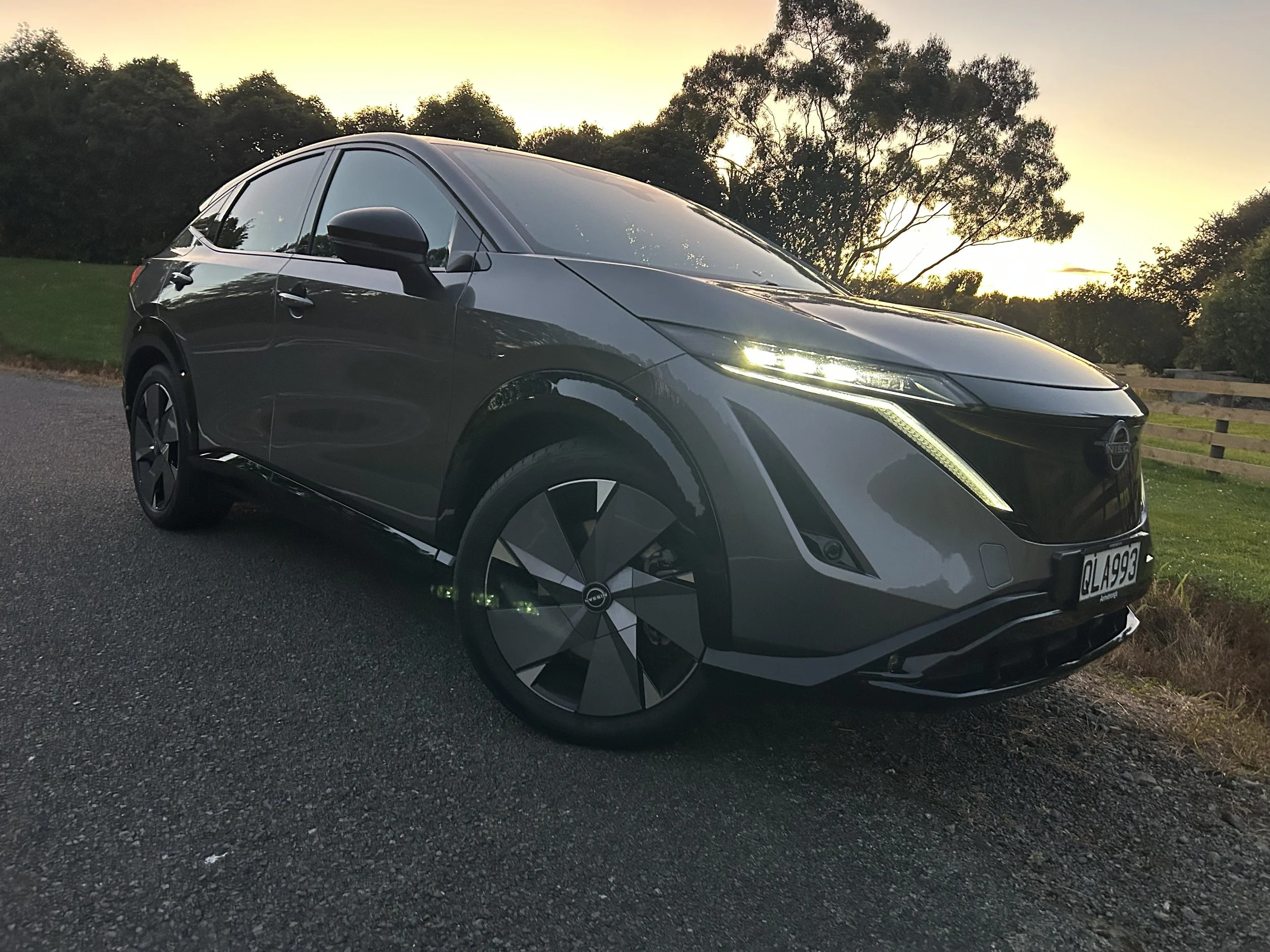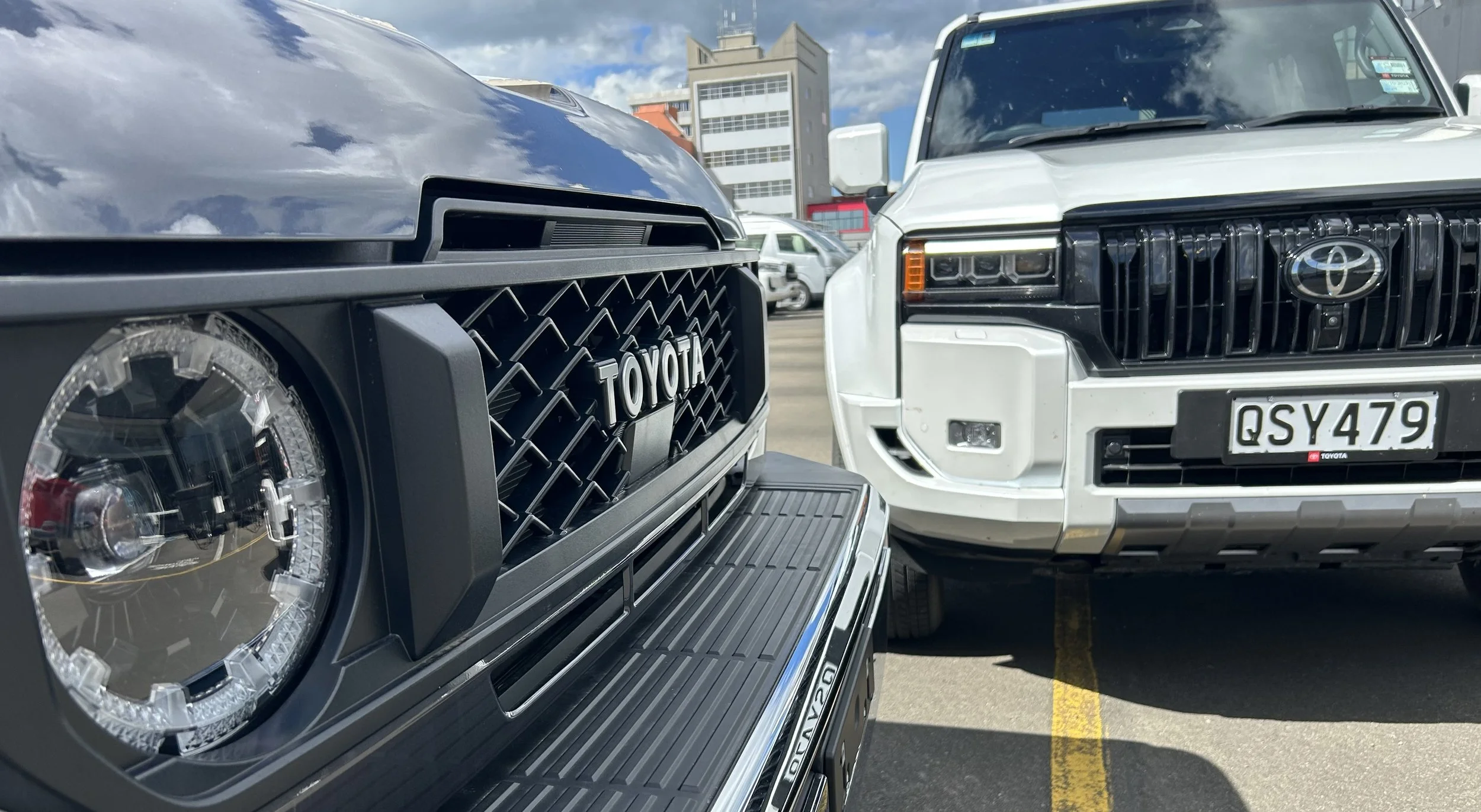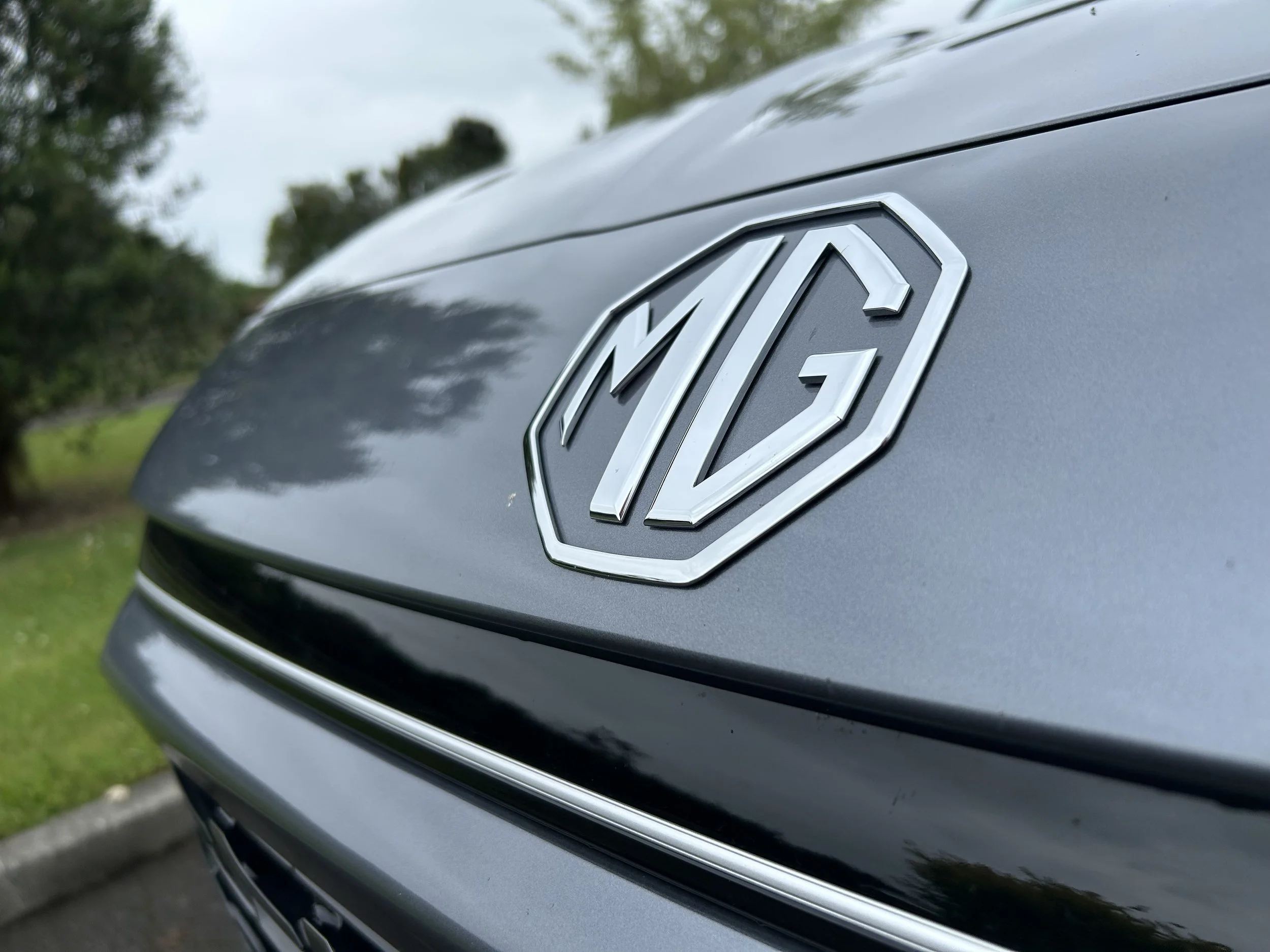PHEV Ranger priced, three versions coming mid-year
/Electric assist drivetrain’s premium more pronounced for XLT than with Wildtrak.
WORKSITE buy-in for the first Ford Ranger with an electric assist that elevates torque and promises the same ultimate thrift as a small car holds a heftier premium than for those choosing the variant most favoured by Kiwi lifestylers.
In preparation for on-sale mid-year, Ford New Zealand has released pricing detail, confirming it will place the 207kW/697Nm (optimal output) plug-in hybrid that delivers a 2.3-litre petrol four-cylinder with an electric motor augmented between the engine and transmission in three double cab variants.
These are the already familiar XLT and Wildtrak trims and a new Stormtrak that sites closest to the Raptor.
Primary attraction from the new powertrain is that it is much more economical than any current Ranger powertrain, with Ford claiming a economy figure of 2.8 litres per 100km judged by using the NZ-relevant WLTP calibration.
That figure applies when the 11.8kWh battery is fully charged and would make it as thrifty as its most parsimonious petrol PHEV passenger car here, a version of the Escape.
The least thirsty fully ICE Ranger here has a 2.0-litre biturbo diesel that is claimed to achieve 7.6 litres per 100km.
An optimal emissions count of 64 grams per kilometre is almost one quarter that from the current cleanest combustion in Ranger, a version of the biturbo that demands AdBlue additive.
The PHEV Ranger can also run solely on its 75kW e-motor for up to 43 kilometres; as it also has a 70 litre fuel tank, it conceivably has the greatest range yet of any Ranger. The drivetrain runs with a version of the 10-speed automatic already familiar to NZ.
An economy figure for when the engine is operating in isolation from the electric assist has yet to be shared.
The savings in driving need to be weighed up against the powertrain’s premium.
The XLT that tailors more strongly to work application appears to ask for the biggest up spend.
It will sell for $82,990, a $15,500 step up from the 154kW/500Nm biturbo diesel in identical double cab format, according to pricing on Ford NZ’s website today.
At $89,990, the Wildtrak - which has long been the favourite with customers mixing workday usage with weekend fun - is much close to its fully internal combustion engined sisters ships.
A Wildtrack biturbo is $76,990 while the alternate with the 184kW/600Nm diesel V6 is $84,990.
In positioning at $94,990, Stormtrak (pictured today) is $1500 below the Raptor as it furnishes with the most powerful engine in Ranger-dom, a petrol V6 making 292kW and 583Nm, but $8000 more than a 2.0-litre biturbo Raptor.
The Ranger PHEV’s engine in isolation makes 138kW at 4600rm and 411Nm at 2700. When the electric also involves, maximum power climbs to 207kW at 4600rpm and 697Nm at 2500rpm.
The engine appears to be detuned to achieve this state, commentators having pointed out it is the same unit that VW takes from Ford (where it served in Escape) to place into the Amarok, where it makes 222kW and 452Nm. Why remove almost 100kW output? Ford has so far said only that it’s unit is “tuned for optimised hybrid efficiency.”
Ford has previously announced the PHEV models have the same 3500kg towing rating as other Rangers; today it said the maximum payload will be 973kg, which is says is 180kg more than 'a rival’ already in the market. That product is the BYD Shark 6.
For comparison, the BYD is said to have 321kW/650Nm, will deliver 2500kg braked tow rating and is cited to deliver a 100km electric range. the latter is evaluated using the NEDC testing regime that no longer applies here and is proven to be far more optimistic than WLTP. The Shark runs a 1.5-litre turbo-petrol engine, dual electric motors and a 29kWh battery.
The Cannon Alpha PHEV claims 300kW/750Nm, 3500kg towing and a 110km (again, NEDC) range from a 2.0-litre turbo-petrol engine, single electric motor, and 37.1kWh battery.
Ford’s PHEV drivetrain has four drive modes – Auto EV, EV Now, EV Later, and EV Charge. Unlike a Shark 6 – and more like a third rival in this sector, the impending GWM Cannon Alpha – the engine is the primary driver of the wheels, with the electric motor augmenting it, rather than the other way around.
Ford Ranger PHEV models are the only ones that will come with external power outlets, too.The tray is said to be long enough for two European pallets, now exeeding 1600mm thanks to a new PHEV-specific tub.
Aside from special badging, the new versions also deliver with some styling revisions top stand out from the models already here, with more aerodynamic wheels and potentially halogen lights, versus the LEDs present on the 2.0-litre biturbo four and 3.0-litre V6 diesel variants.
The Wildtrak is equipped with its own unique wheel design in PHEV guise, while the Stormtrak is finished in a unique shade called Chill Grey, accented by unique wheels with the same-coloured highlights, body-color trim, ‘Ranger’ lettering on the bonnet, thicker roof rails, matrix LED headlights, the 10-speaker Bang and Olufsen audio setup, and a Flexible Rack System.
2024 was Ranger’s 10th consecutive year as the country’s top-selling ute, but it did quietly in January and slumped even more last month, to point where arch-rival Toyota Hilux is holding advantage.
Whereas diesel Ranger comes from Thailand, the PHEV will arrive from South Africa, being a product of the Silverton plant that also provisions the sister Amarok to NZ.
It is presumed the Volkswagen will in time also adopt the PHEV drivetrain, but is is not clear when that will happen.
Ranger PHEV is also provisioned in a Sport trim line, which goes to Australia. Ford NZ has not explained why it is not bothering with that one.
In supplied comment, Ford NZ managing director Annaliese Atina expressed confidence in the PHEV.
“The addition of PHEV to the Ranger lineup marks the first time in history that New Zealand’s best-selling nameplate has been offered with an electrified plug-in hybrid option, with the backing of an extensive nationwide dealer network. We can’t wait for our customers to get behind the wheel.
“Our engineering and design team have created a plug-in hybrid that allows diesel ute buyers to begin their electrification journey without sacrificing any of the core capability that they need from a truck – whether they use it for work or play.
“The Ranger PHEV is just the tip of the spear for our commercial EV line-up, joining E-Transit Custom and E-Transit in our line-up soon. If you are a Kiwi business wanting to explore whether an electrified vehicle is right for you, we will have three incredibly capable vehicles on offer to suit your needs.”










